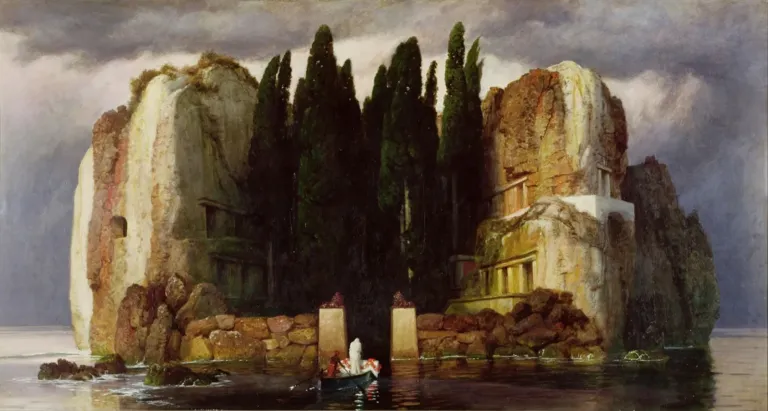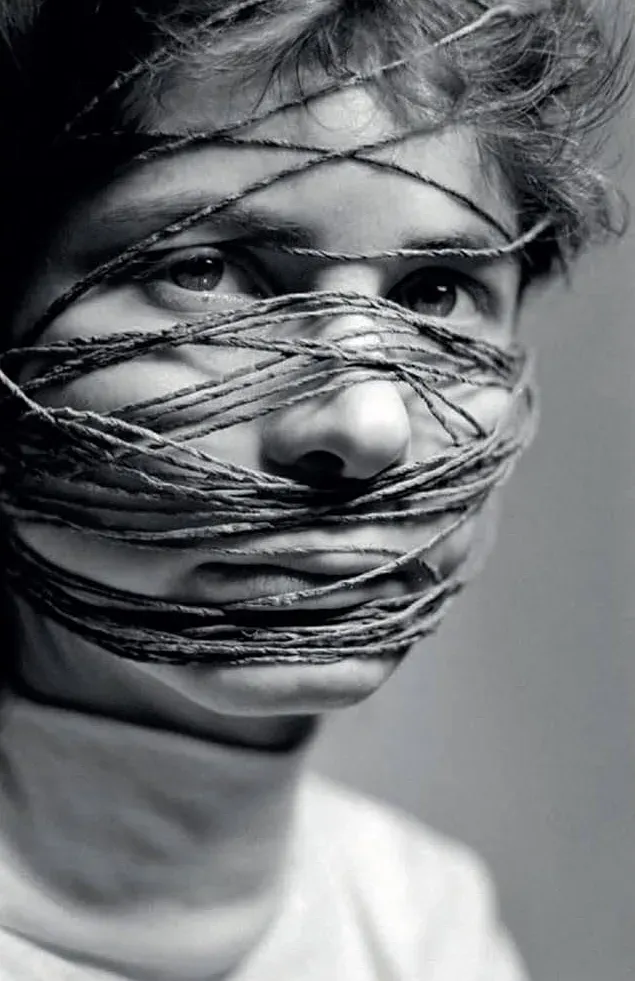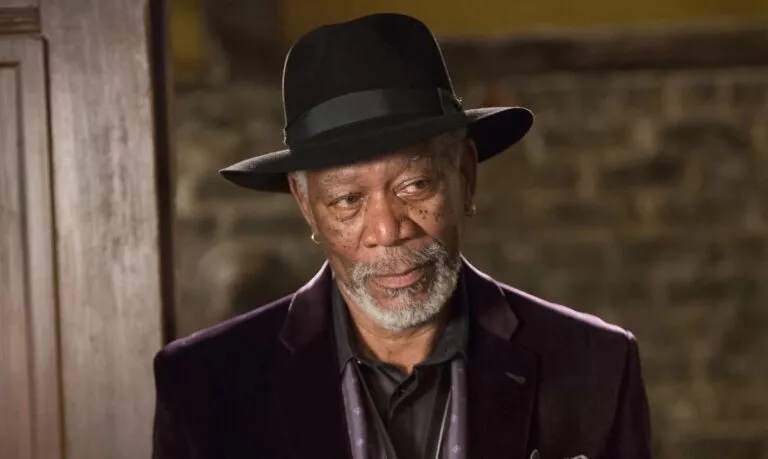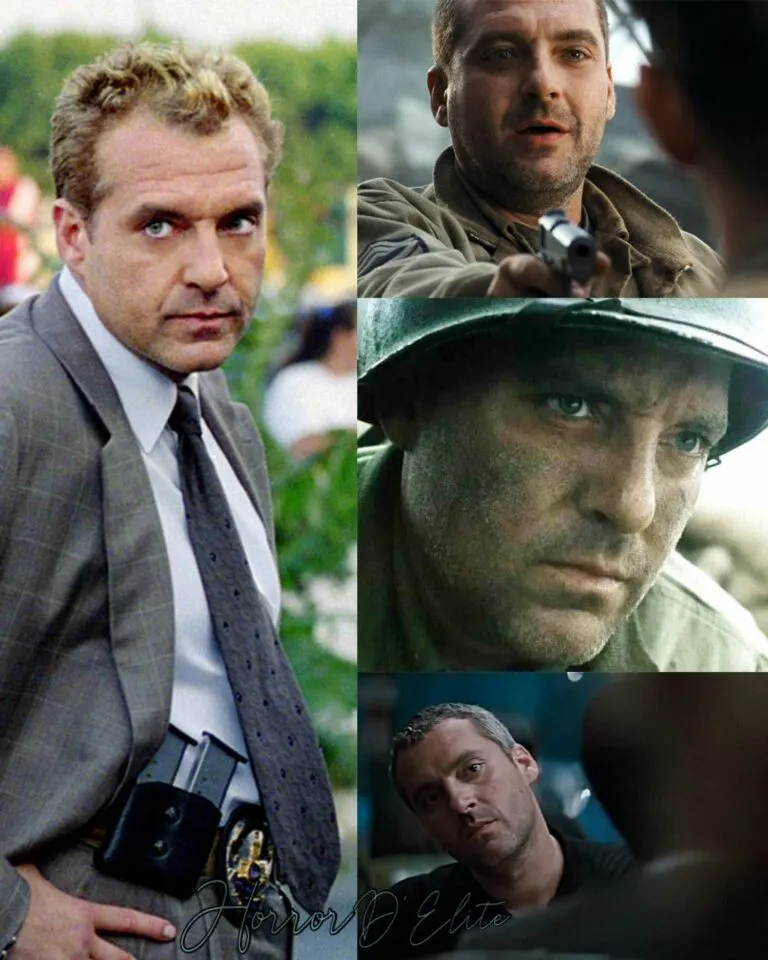Roger Deakins Telling Stories with Light
Roger Deakins is widely regarded as one of the greatest cinematographers in the history of cinema. Born on May 24, 1949, in Torquay, United Kingdom, Deakins has worked across a wide range of film genres and collaborated with some of the most respected directors in the industry. His ability to tell stories through the masterful use of light, color, and composition has made him a legendary figure in the world of cinema, and his work has been celebrated with numerous awards and accolades.
 The Early Career and First Collaborations of Roger Deakins
The Early Career and First Collaborations of Roger Deakins
Roger Deakins developed an interest in photography from a young age and pursued this passion by studying at the National Film and Television School in the United Kingdom. After graduating, he began working as a cameraman and documentary filmmaker, traveling to remote and often dangerous locations to film documentaries. This field experience honed his technical skills and ability to work with natural light in challenging conditions—skills that would later define his work in cinema.
Deakins’ first major cinematic success came in the 1980s when he began working with British directors like Michael Radford. His work in “1984” (1984), an adaptation of George Orwell’s famous dystopian novel, demonstrated his ability to create dark and claustrophobic atmospheres using light and shadow, marking the beginning of his rise as one of the best cinematographers.
 Collaboration with the Coen Brothers
Collaboration with the Coen Brothers
One of Roger Deakins’ most significant and long-standing collaborations is with the Coen brothers, with whom he has worked on many of their iconic films. This partnership began with “Barton Fink” (1991) and has continued with films like “Fargo” (1996), “The Big Lebowski” (1998), “No Country for Old Men” (2007), and “A Serious Man” (2009). Each Coen film on which Deakins has worked is characterized by unique cinematography that reflects the tone and atmosphere of the story.
In “Fargo”, for example, Deakins used natural light and the vast snowy expanses of Minnesota to create a cold and relentless environment, mirroring the film’s dark and ironic tone. In “No Country for Old Men”, he captured the isolation and brutality of the Texas landscape using sunlight and shadows to create a sense of menace and impending doom. His ability to adapt his visual style to the narrative and thematic needs of the Coen brothers has made their collaboration one of the most acclaimed in contemporary cinema.
 Style and Technique of Roger Deakins
Style and Technique of Roger Deakins
Roger Deakins’ style is characterized by extraordinary versatility and a deep understanding of light. Often described as a master of natural light, Deakins is known for his minimalist approach and the use of soft, diffused lights, which create a realistic and natural effect. However, his style is not limited to one approach: he is equally capable of creating highly stylized and atmospheric images when the project requires it.
Deakins is an advocate of simplicity and visual purity. He prefers his images to serve the story rather than draw attention to themselves, an approach that is reflected in his cinematography philosophy: “The photography should be invisible.” This does not mean that his work lacks visual power—on the contrary, his films are often remembered for iconic images that linger in the audience’s memory.
Another distinctive element of his work is the skillful use of composition. Deakins’ shots are often symmetrical, balanced, and carefully constructed to guide the viewer’s eye and reinforce the theme of the narrative. His ability to work in confined spaces, as seen in the film “Prisoners” (2013), demonstrates his skill in transforming even the most ordinary locations into visually compelling settings.
 Collaboration with Denis Villeneuve
Collaboration with Denis Villeneuve
In recent years, Deakins has frequently collaborated with director Denis Villeneuve, a partnership that has produced some of the most acclaimed work of his career. Their first project together was “Prisoners” (2013), followed by “Sicario” (2015) and “Blade Runner 2049” (2017). The latter film was particularly significant for Deakins, as it finally won him the long-awaited Oscar for Best Cinematography after 13 nominations without a win.
In “Blade Runner 2049”, Deakins created a visually stunning world that pays homage to the original “Blade Runner” (1982) while developing its own visual identity. The film is characterized by an impressive use of light and color, with scenes bathed in orange fog and electric blues that create a sense of alienation and futuristic wonder. His ability to combine advanced visual effects with traditional lighting techniques helped to create a film that is both visually striking and emotionally powerful.
 Awards and Recognitions for Roger Deakins
Awards and Recognitions for Roger Deakins
Roger Deakins has been nominated for the Oscar for Best Cinematography 16 times, winning two statuettes: one for “Blade Runner 2049” and one for “1917” (2019), directed by Sam Mendes. The latter film was another milestone in his career, thanks to its unique shooting technique that simulates a continuous long take. Deakins worked closely with Mendes to design complex shots and movement choreography that immerse the viewer in the war in an unprecedented way.
In addition to the Oscars, Deakins has received numerous other awards and recognitions, including BAFTAs, American Society of Cinematographers Awards, and many awards from international film festivals. His influence extends beyond the world of cinema, serving as an inspiration for aspiring cinematographers and filmmakers around the world.
 Subscribe to our YouTube channel
Subscribe to our YouTube channel
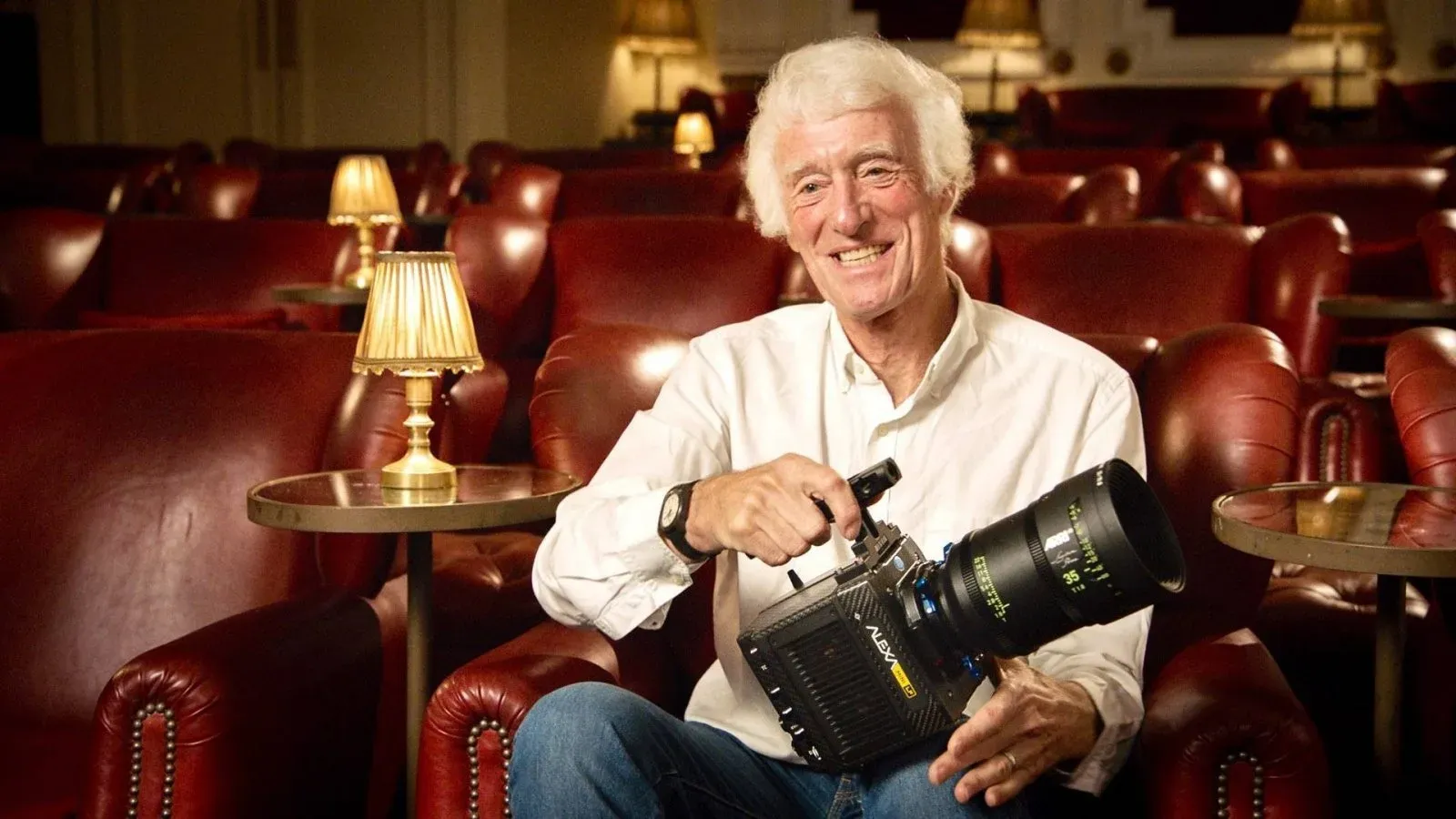
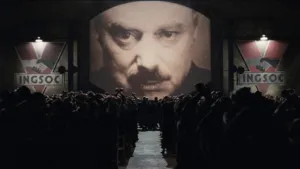 The Early Career and First Collaborations of Roger Deakins
The Early Career and First Collaborations of Roger Deakins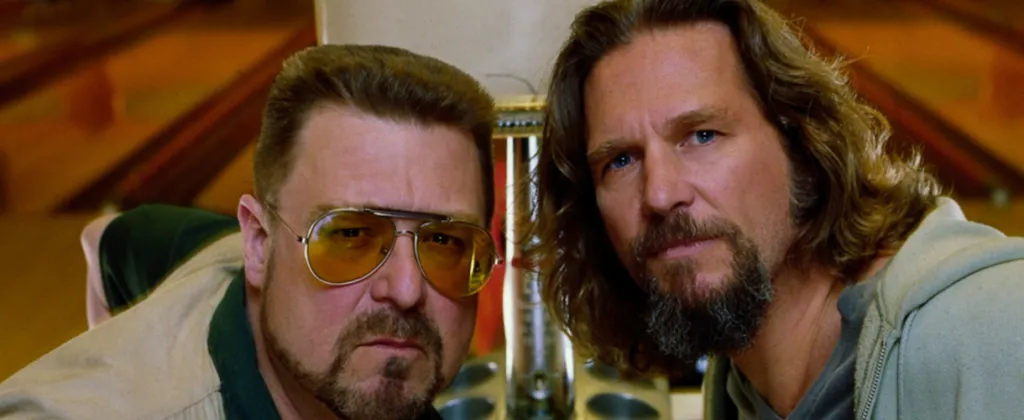 Collaboration with the Coen Brothers
Collaboration with the Coen Brothers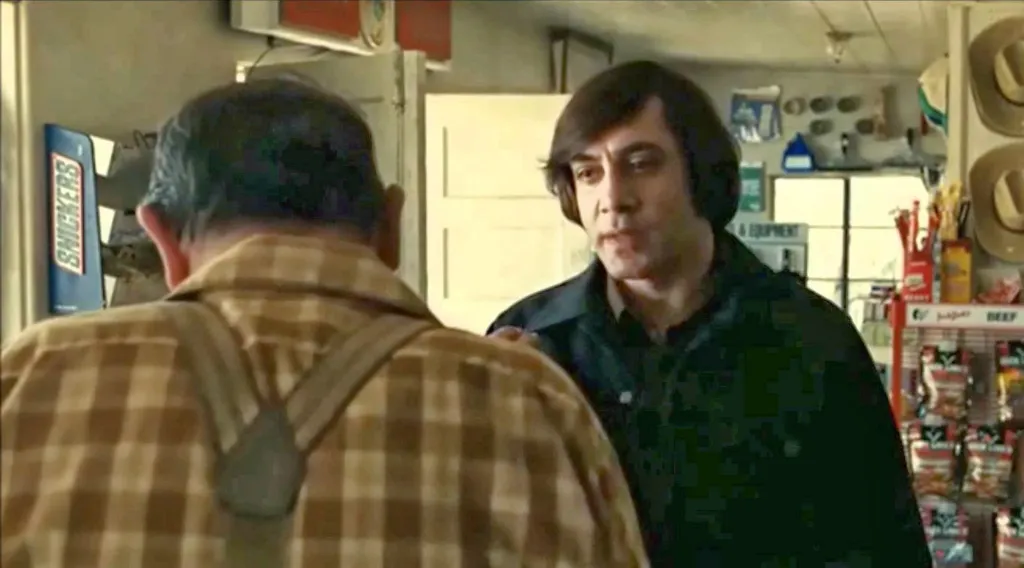 Style and Technique of Roger Deakins
Style and Technique of Roger Deakins Collaboration with Denis Villeneuve
Collaboration with Denis Villeneuve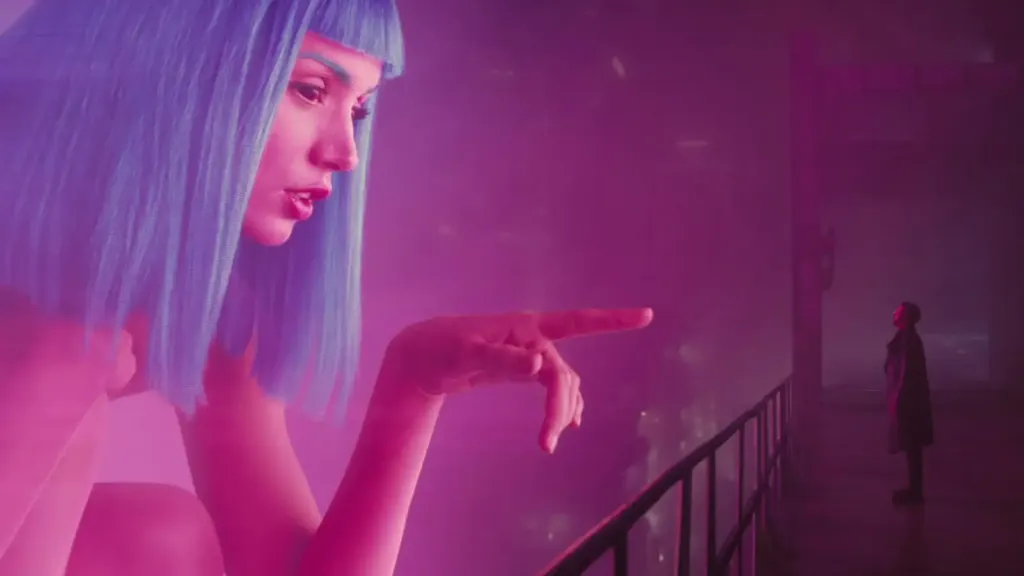 Awards and Recognitions for Roger Deakins
Awards and Recognitions for Roger Deakins
